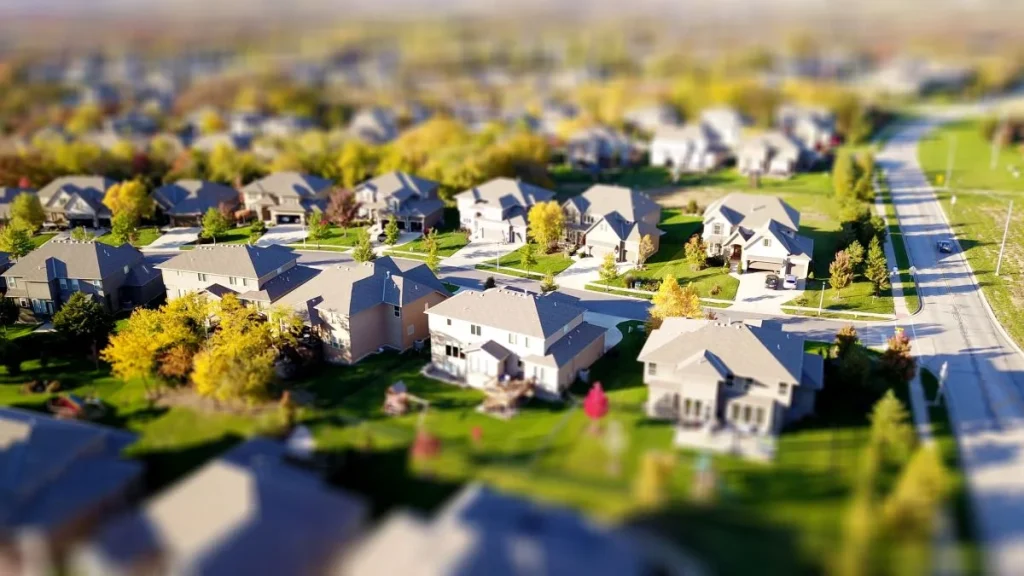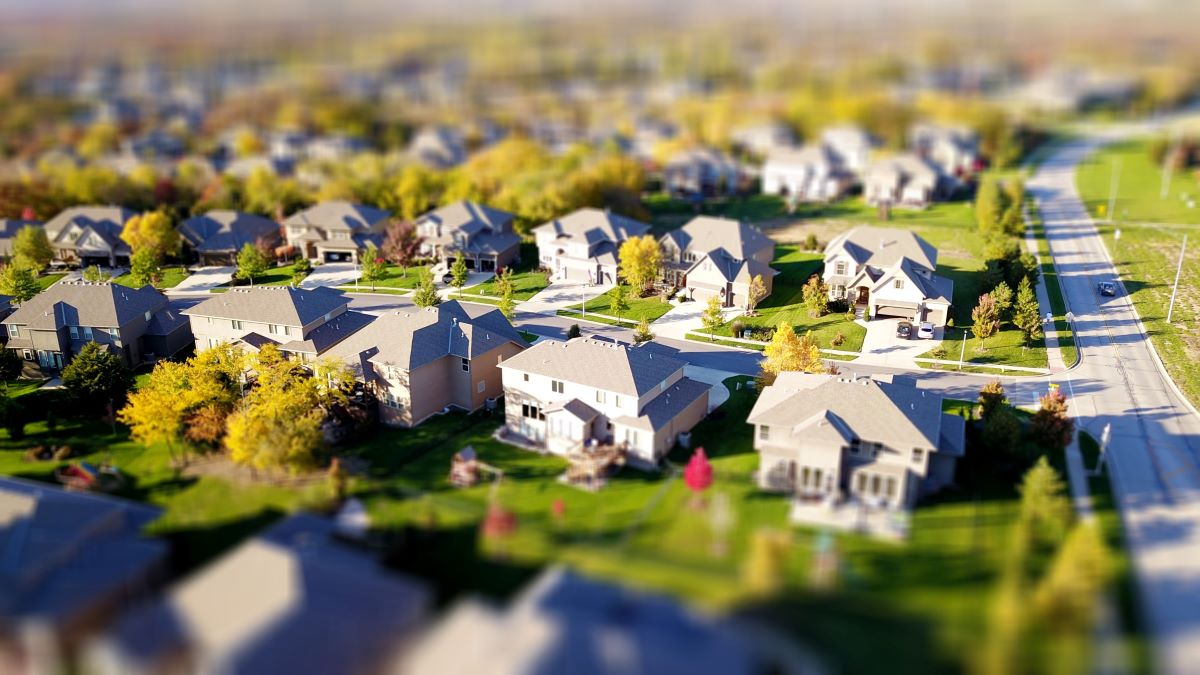In a market where home prices are constantly rising, we offer an alluring opportunity: a gorgeous house and lot for sale. This offering is a tribute to the changing face of homeownership as the market endures a stunning and ongoing rise in house values.
This phenomenon has been seen in many different parts of the world, sparking discussions and worries about the possible ramifications for both buyers and sellers. While pinpointing the exact market trajectory is a difficult endeavor, knowing the underlying causes and likely results can help people in these unsure times make wise judgments.’
Dynamics of Supply and Demand

With the real estate market‘s ever-changing currents, we present an exclusive opportunity: a condo and house and lot for sale. This property serves as an example of how supply and demand interact to determine how much a property is worth. This condominium offering symbolizes the complex dance between these factors that have altered the landscape of the sector as real estate prices continue their unstoppable ascent throughout numerous locations.
The interaction between supply and demand is one of the main factors causing real estate prices to climb steadily. Increased demand has been brought on by urbanization, population expansion, and shifting housing preferences, while supply is unable to meet up. The availability of new properties has been restricted by zoning restrictions, a lack of sufficient land, and difficulties with infrastructure development and construction.
SUPPLY
- Land that is appropriate for new developments is getting harder to find in metropolitan areas. The growth of housing options may be constrained by zoning limitations, environmental issues, and infrastructure issues.
- The timely completion of new projects can be hampered by construction delays, a lack of building supplies, and labor shortages, which will slow the rate at which new homes hit the market.
- Construction activity may decline during economic downturns when developers exercise greater caution. When the supply is constrained and demand is strong, prices may be under pressure to increase.
- Strict building laws, zoning rules, and bureaucratic red tape can impede the supply of suitable properties by delaying the approval process for new developments.
DEMAND
Beyond the basic necessity for shelter, there is a need for real estate. It is a complex idea molded by alterations in the population, way of life, economy, and personal preferences.
- Urbanization and rising populations have increased housing demand, particularly in major cities. Because of the employment, educational, and lifestyle options that cities offer, there is a greater demand for housing.
- People looking for financial security and capital growth have been drawn by the appeal of real estate as an investment instrument. This investment-driven demand may occasionally result in speculative bubbles that cause prices to rise above reasonable estimates.
- The demand for single-occupancy or smaller dwelling units has increased as a result of changing family arrangements, including postponed marriage and childrearing.
- The distant work trend brought on by the pandemic has caused a shift away from urban centers to suburban and rural locations, boosting demand in previously underserved areas.
Cost-Related Effect

The complex interaction of supply and demand pressures is what drives the ongoing increase in real estate prices. A seller’s market develops when demand exceeds supply, enabling property owners to demand higher prices. This may cause bidders to feel pressed for time and start bidding wars. In contrast, a buyer’s market develops when supply outpaces demand, providing buyers with more negotiation power.
When localized markets, different property kinds, and outside factors are taken into account, the phenomenon gets more complicated. For instance, the dynamics of supply and demand for luxury residences may differ from those for cheap housing. External factors that affect supply and demand, such as shifts in interest rates or changes in government regulations, can further tip the scales in favor of one side or the other, affecting price patterns. Even though the current state of the market seems challenging, it’s crucial to recognize that supply and demand dynamics are not constant. The equilibrium can be changed by changes in societal tendencies, policy, and economic conditions.
The real estate market‘s heartbeat drives price changes by balancing supply and demand. Real estate prices are currently rising at an exponential rate, which is a complicated process driven by a confluence of factors, including investment trends and population increase.
Minimum Interest Rates

The real estate market’s increasing trend has been significantly fueled by historically low loan rates. Mortgage payments become more manageable when borrowing costs are low, which encourages more people to enter the market. The increased demand for housing caused by this inflow of purchasers pushes prices up. Economic factors have a significant impact on market trends in the dynamic world of real estate. The environment of current interest rates is one of these elements that have the most impact.
The cost of borrowing money is represented by interest rates, which are regulated by central banks and influenced by economic conditions. Low-interest rates make borrowing more accessible, which in turn boosts economic growth.
Effects of Low-Interest Rates on Both Buyers and Sellers
Mortgage rates are lower thanks to historically low-interest rates, making homeownership more accessible to a wider spectrum of people. Lower mortgage payments raise affordability, enabling prospective homebuyers to qualify for larger loans and take into account more expensive residences without suffering a significant monthly budgetary hit.
When interest rates are low, investors are also lured to real estate. Investors may find that traditional savings accounts and low-risk investments produce meager returns, leading them to look for alternatives with greater potential profits. In such a setting, real estate, which is renowned for its long-term stability and potential for gain, becomes a desirable option.
Expectations of sellers may be influenced by the attraction of rising property values brought on by increased buyer demand. Holding onto a property may be a decision made by some homeowners in expectation of future price increases, which would lower the supply of available homes and exacerbate the demand-supply mismatch.
Considerations for the Future and Potential Pitfalls
- Low-interest rates and high demand can occasionally result in speculative bubbles where prices detach from a property’s fundamental value. When interest rates inevitably increase, buyers who made their purchases during the boom can run into problems as their properties’ values drop to more reasonable levels.
- Due to its reliance on historically low-interest rates, the real estate market is sensitive to changes in monetary policy. Reduced buyer demand and a slowdown in the market’s pace might result from even a slight increase in interest rates.
- While low-interest rates increase the affordability of borrowing, they can also lead to rising real estate values, undoing some of the affordability gains. First-time buyers may find it challenging to enter the market as a result, particularly in locations where prices are rising quickly.
Capitalization and speculation
Two strong forces investment and speculation play a crucial role in determining market dynamics in the complex world of real estate. These two pillars have been more prominent in recent years, and they have made a considerable contribution to the ongoing and amazing phenomenon of rising real estate prices.

Investment/ Capitalization
Purchasing properties with the intention of creating income, capital appreciation, or a combination of both is referred to as real estate investing. Real estate has long been admired for its capacity to diversify investment portfolios, offer steady profits, and serve as a hedge against inflation.
Real estate assets are tangible and less prone to volatile price fluctuations compared to other investment vehicles like stocks. This stability appeals to investors seeking to preserve and grow their wealth over time. Investors might make a consistent income by purchasing rental homes. Rental income can be especially alluring in a situation with low-interest rates, attracting people searching for consistent cash flow.
Speculation
While speculation entails buying assets with the goal of benefitting from short-term price volatility, investing is motivated by a calculated method to produce profits over the long term. Emotions and the fear of missing out (FOMO) might motivate speculative purchasing. People may rush into the market when real estate prices rise in anticipation of additional price hikes.
When a sufficient number of investors make speculative purchases, it may set off a chain reaction that drives up prices as a result of greater demand. Price bubbles, in which property values deviate from the underlying principles of supply and demand, can be exacerbated by speculation. Prices may crash when the bubble pops, leaving investors with losses.
Changes to the Workplace and Lifestyle
The remote work and lifestyle preferences tectonic shifts are at the center of the real estate industry’s current development. A significant influence is being felt across the real estate market as more businesses adopt remote working practices and people look to redefine their living spaces.

Due to technological breakthroughs and the worldwide response to the COVID-19 epidemic, remote labor, long seen as a specialized perk, has evolved into the norm for many businesses.
People are now free to pick where they reside based on lifestyle preferences instead of proximity to their jobs because the traditional link between work and location has been loosened. This has raised demand in previously underserved regions and increased interest in suburban and rural locations. Cities have seen both emigration and a resurgence. Some city people have relocated to suburban areas in search of greater space and a more tranquil setting. A twofold urban change results from people being attracted to revivified urban areas that mix employment, leisure, and culture.
lifestyle choices are influencing the market
Previously overshadowed by urban glitz, suburban regions are currently undergoing a revival. Suburbs are desirable options for both families and single people since they provide a quieter setting, larger residences, and frequently greater value for money. People are looking for homes with areas for relaxation, fitness, and recreation because they want to find a balance between their job and personal lives. Homes with access to outdoor space, closeness to nature, and neighborhood amenities are highly sought-after.
Since families are looking to live together for companionship and shared duties, multigenerational living has become more popular than ever. As a result of this tendency, demand for homes with separate living areas has increased. While the trend toward remote work and living has helped keep real estate prices rising steadily, the sustainability of remote work and its effect on housing demand depends on how corporate regulations and individual tastes change.
Government Regulations
Government regulations and initiatives weave the patterns and hues of the terrain like expert weavers in the complex weave of the real estate industry. Real estate prices are consistently rising over the world, but this trend is not just the result of market forces. Instead, government policies and regulations have a significant impact and provide a useful perspective on this dynamic phenomenon.

Governments frequently enact policies to address issues with housing affordability, such as grants, tax breaks, and subsidies for first-time homebuyers. These regulations may raise the demand for homes and thus affect pricing dynamics. Property availability and development can be strongly impacted by zoning laws and land use regulations. Local property values and the availability of properties can be shaped by policies that discourage new construction or support mixed-use projects.
Real Estate Price Hike in the Philippines
Real estate costs in the Philippines have usually increased in recent years due to a number of variables, including urbanization, population expansion, and economic development. Property prices have significantly increased in Metro Manila, the capital area, and other major cities, especially in prestigious and central areas.
Demand for housing and commercial space has increased as a result of rapid urbanization and population growth, placing pressure on the supply of real estate and raising prices. Consistent economic growth in the Philippines might result in higher income levels and greater purchasing power. With its stunning beaches and other attractions, the Philippines is a well-liked travel destination. Demand for holiday rentals and investment properties may result from this, which may affect pricing in some places.
As a result, more people might be considering investing in real estate, which could increase demand and push up prices. Property values in the areas that benefited from government investments in infrastructure projects, such as new highways, public transportation systems, and commercial buildings, can rise.
Related Blog: Factors That Affect Real Estate Prices


